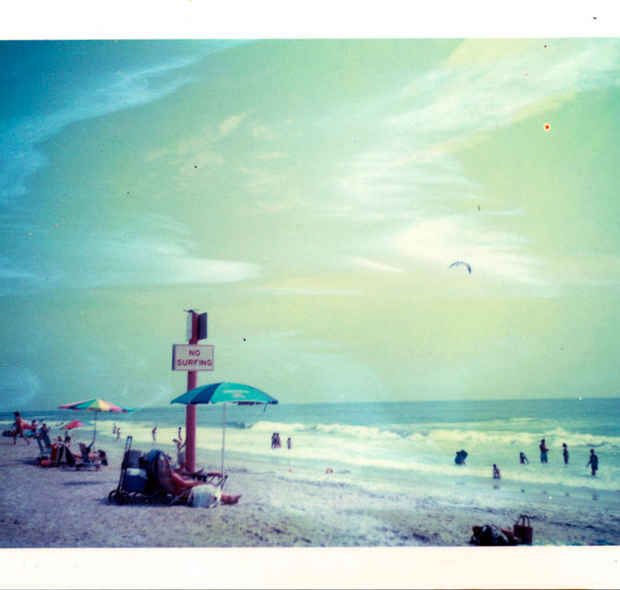“Endless Bummer II / Still Bummin’” Exhibition
Marlborough Chelsea

This event has ended.
In the summer of 2010, Heitzler mounted Endless Bummer/Surf Elsewhere, a group exhibition at Blum & Poe in Los Angeles featuring a range of works that appeared to be celebrating some emblematic aspects of the Southern California lifestyle: sunshine, beaches, youth, beauty, conspicuous consumption, self-realization and ecstatic self-loss.
Endless Bummer was inspired in name by Bruce Brown’s 1966 surfing documentary, Endless Summer and by the genre of “Sunshine Noir” –specifically Thomas Pynchon’s 2009 novel Inherent Vice. The book foregrounds the element of impermanence and corruption that threatens all things in the legal terminology of inherent vice. Still Bummin’ is a sequel of sorts to Endless Bummer. The L.A.-centric focus of the first show will be blurred in favor of treating the topic of inherent vice more directly in relation to the physical properties of the artwork.
If a large part of the appeal of all commodities resides in perpetual newness – and one that we generally know to be a fantasy – then this would have to be especially true for art. At the same time, this only heightens awareness of the art’s vulnerability to destructive forces, what might be described as its existential dimension, which is also a source of its value. This paradox, inherent in the things that we covet, is represented in this exhibition through works that either represent a process of destruction or physically undergo that process.
Inherent vice points out the transience and mutability of all material. It asks us to acknowledge this process and to insure against it. The more fragile the object, the greater the risk it has and the costlier the insurance for it is. This is a relatively simple equation, but this exhibition is less about objective fragility than it is about the quasi-religious implications of the concept. Inherent vice is an object’s version of original sin, and this raises the question of whether this sin is to be found in the thing itself, in its substance or “nature,” or in the expectations we bring to it.
Media
Schedule
from May 11, 2013 to June 29, 2013
Opening Reception on 2013-05-11 from 18:00 to 20:00
Artist(s)
Lucas Ajemian, Alan Belcher, Phil Chang, John Divola, Brad Elterman, Ryan Foerster, Brendan Fowler, Jonah Freeman/Justin Lowe, Liam Gillick, Samara Golden, Mark Hagen, Joey Kotting, Liz Larner, Klara Liden, Christian Marclay, John Miller, Steven Parrino, Karin Sander, Paul Sietsema, Jim Skuldt, Emily Sundblad, Kaari Upson, James Welling, Eric Wesley